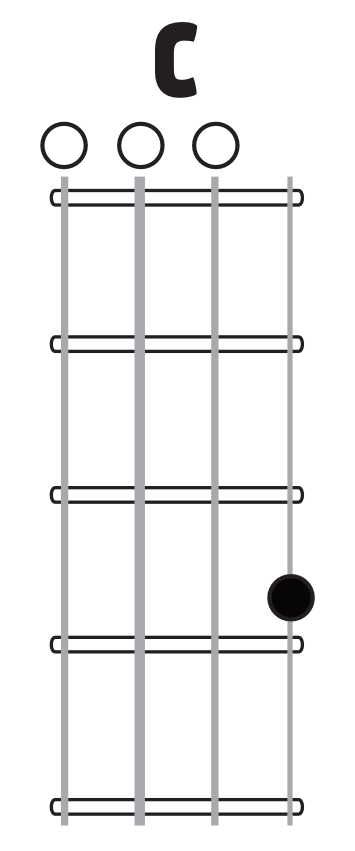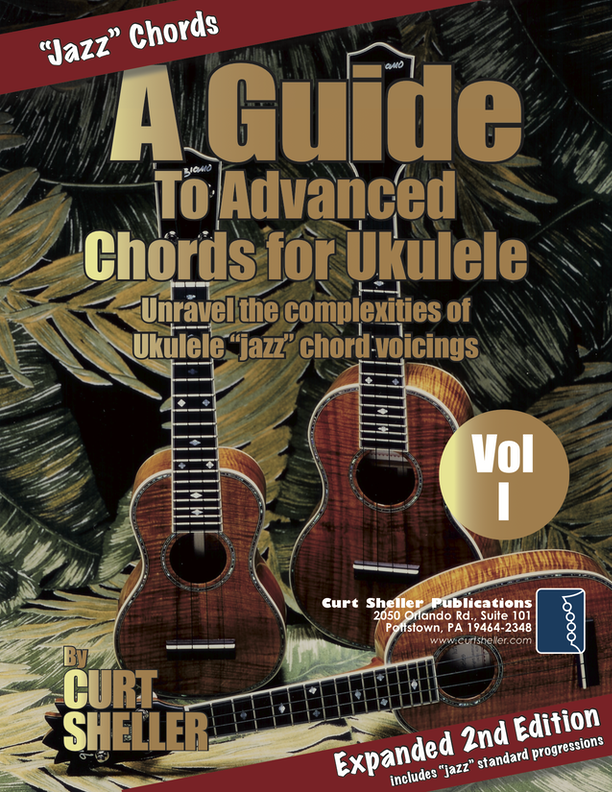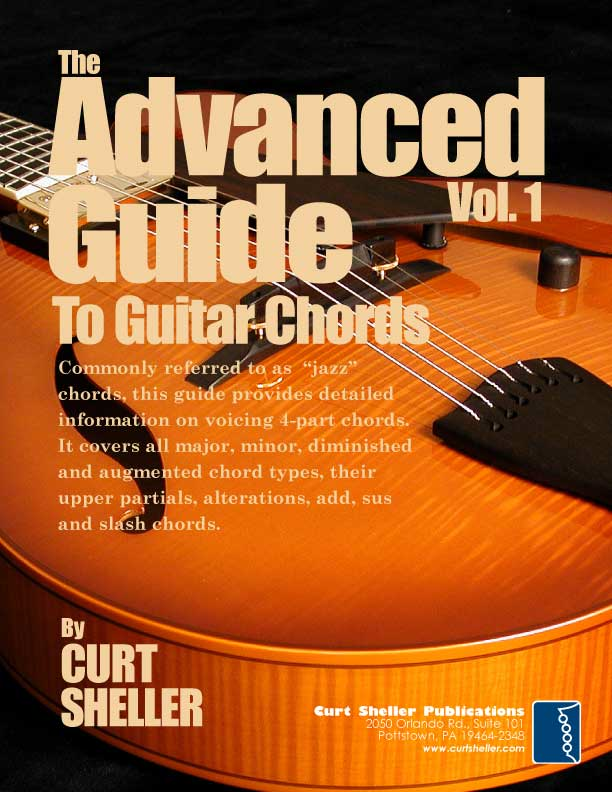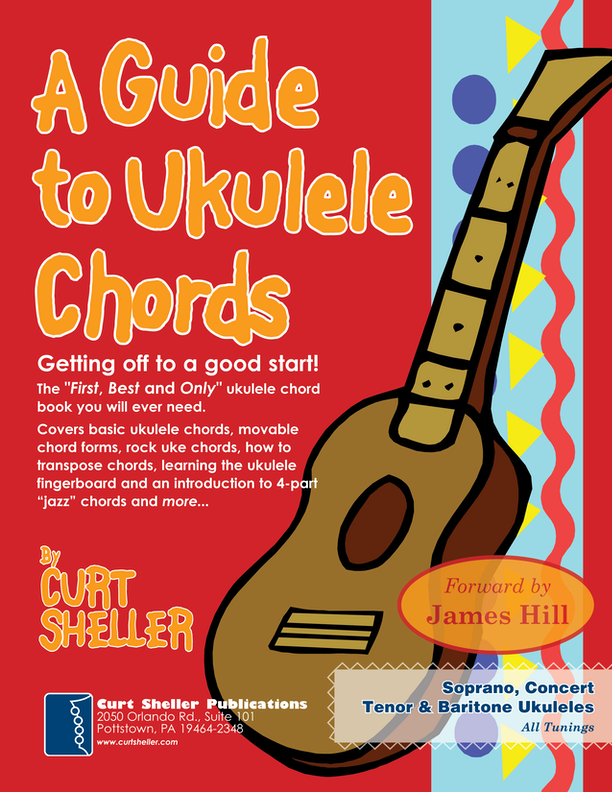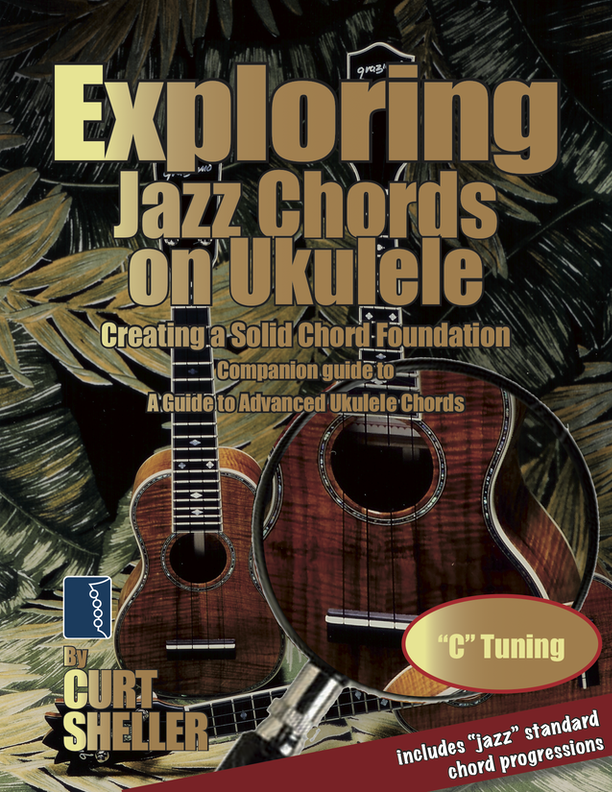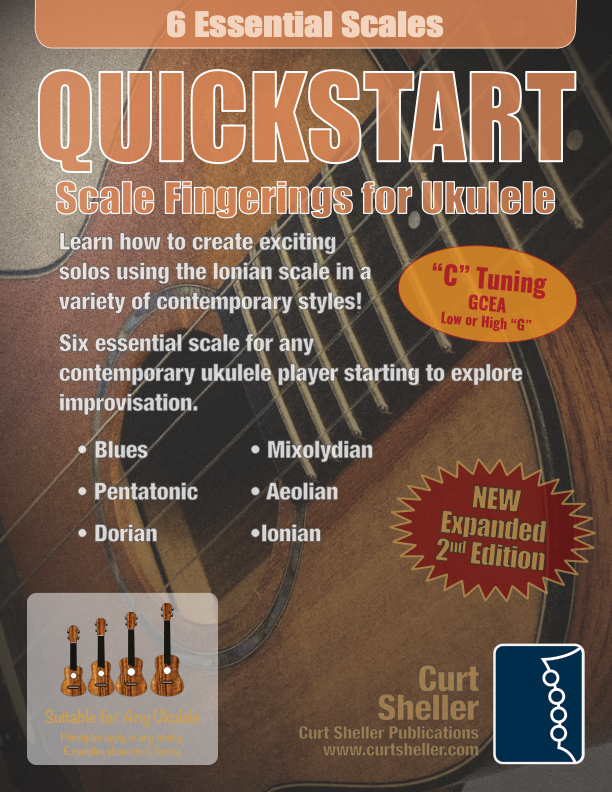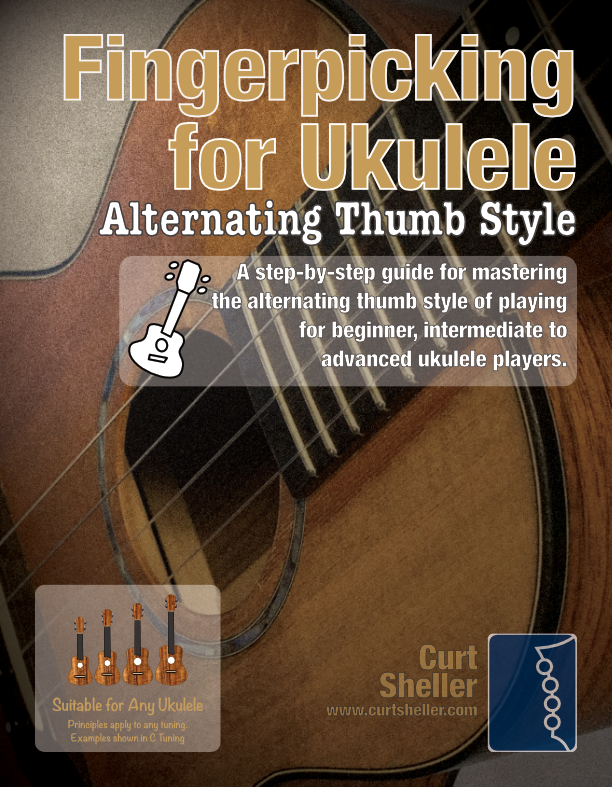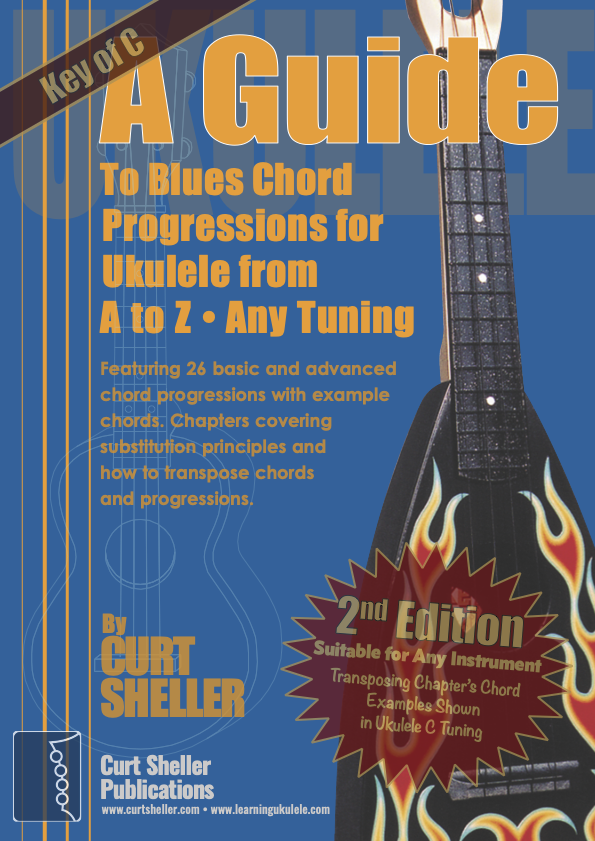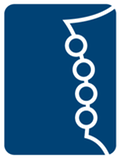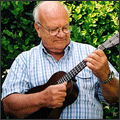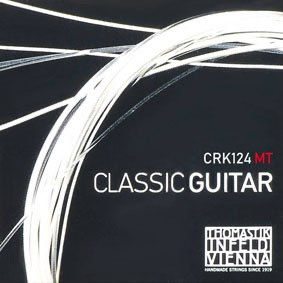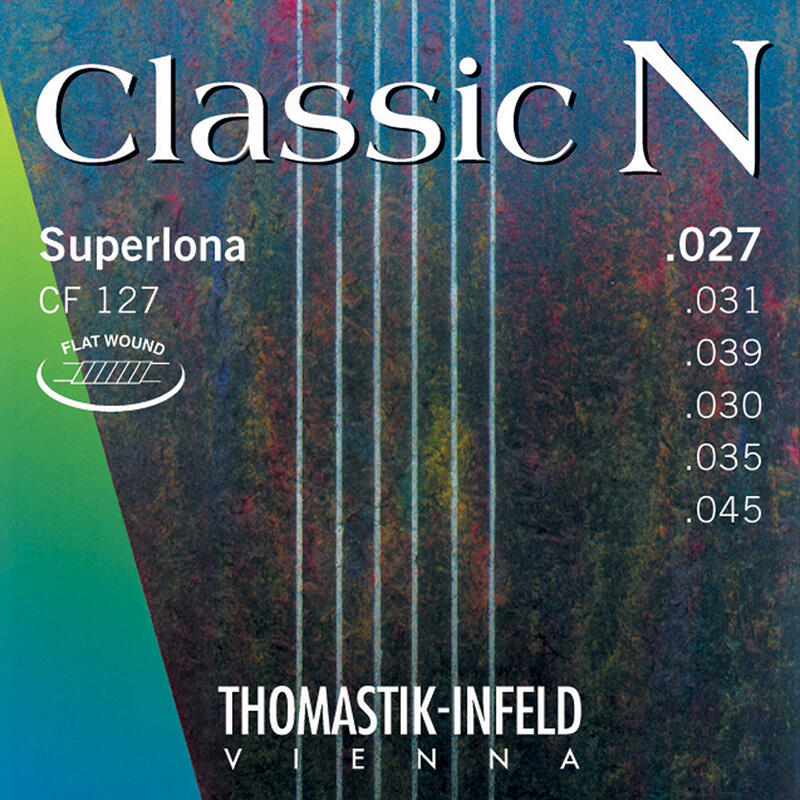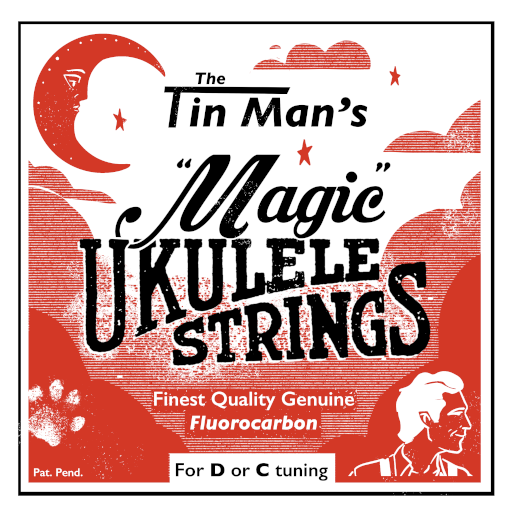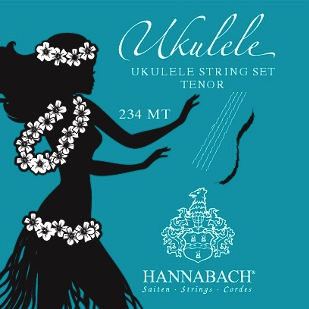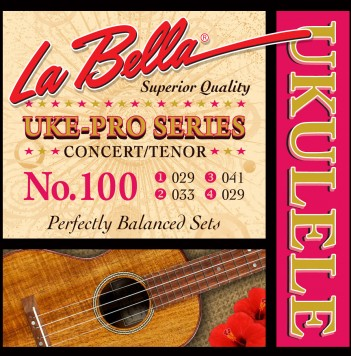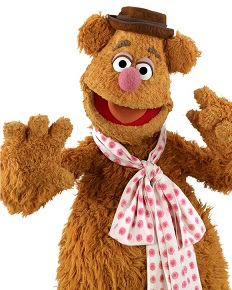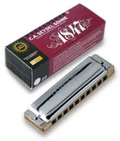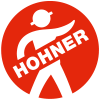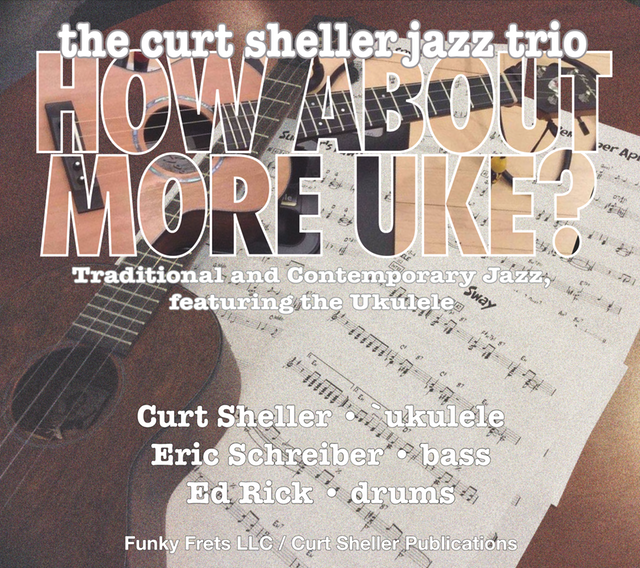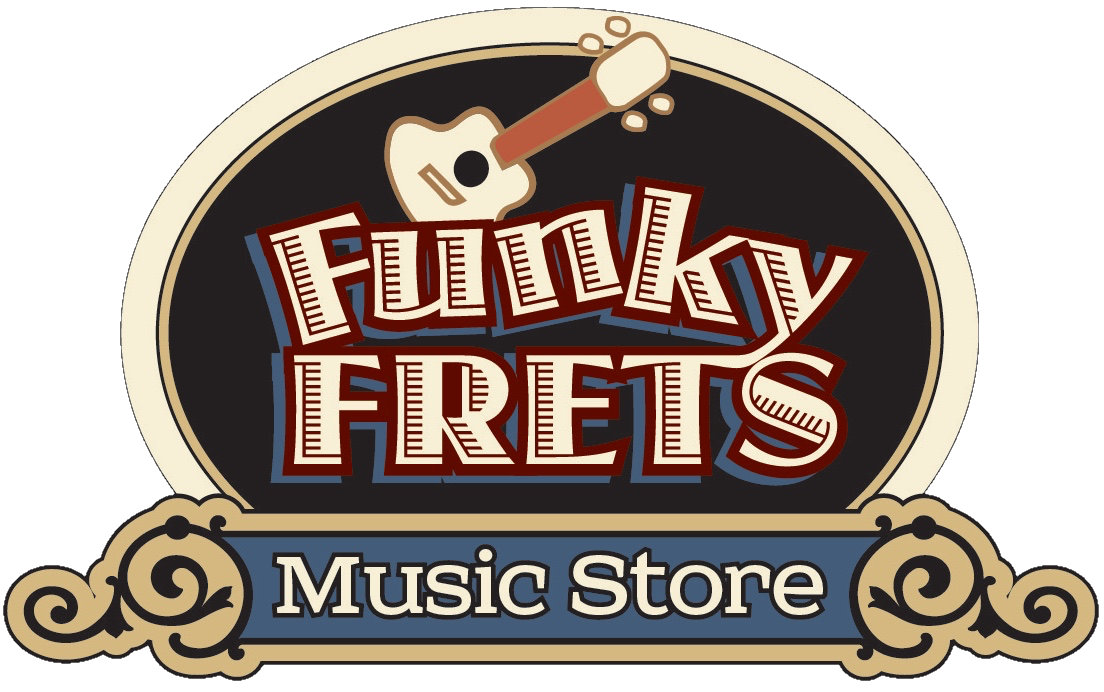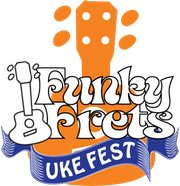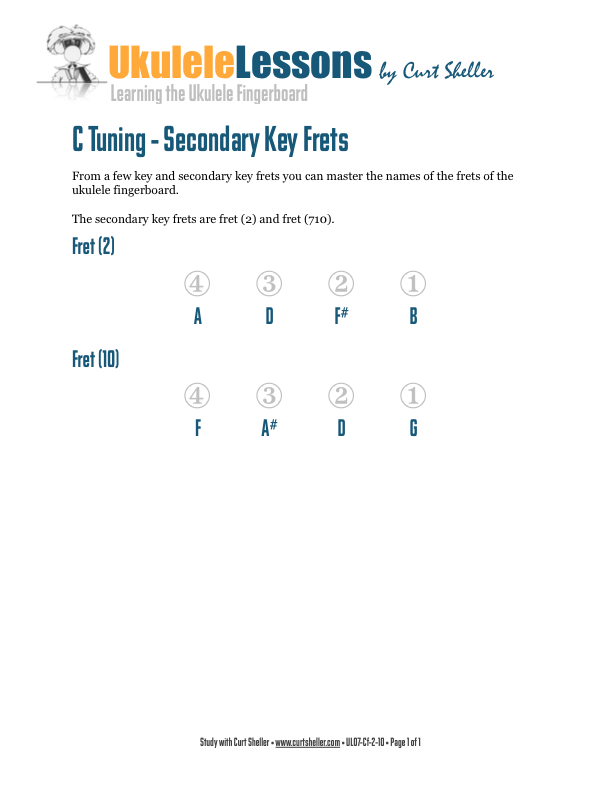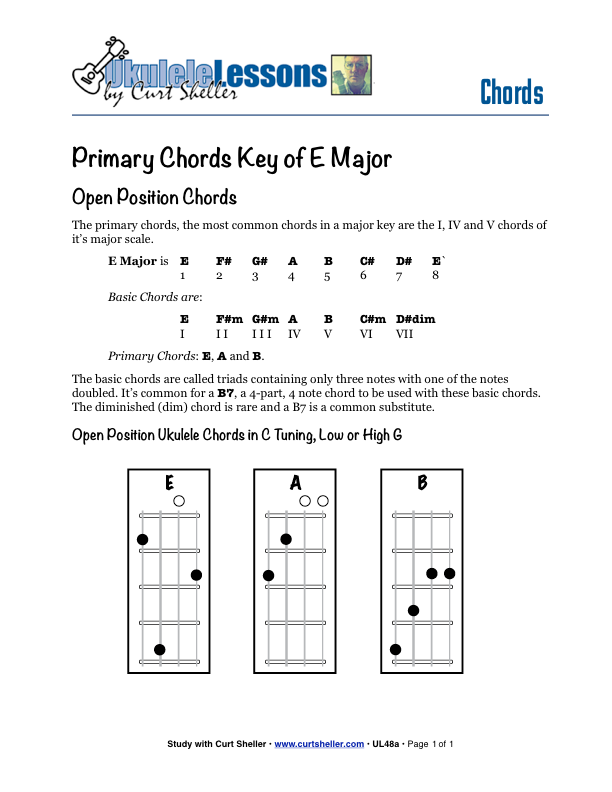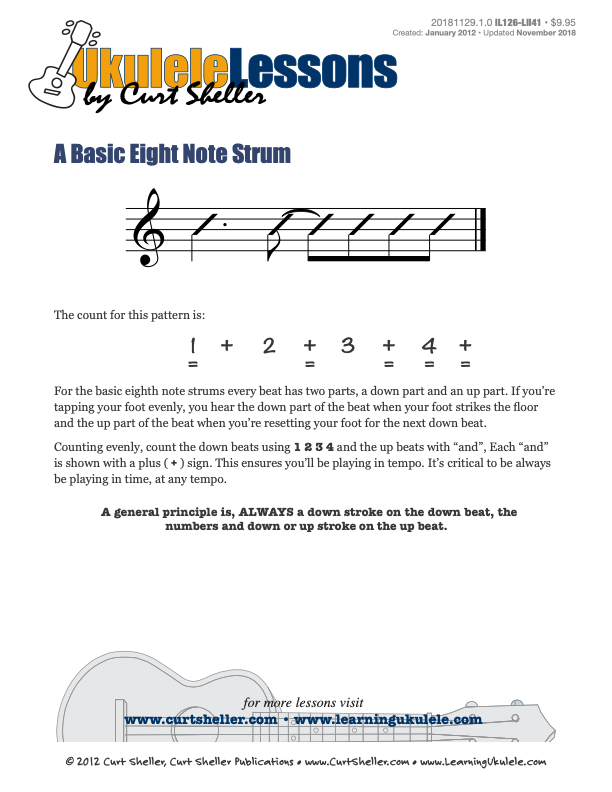Share Getting Started with Ukulele - Lesson Seven
on:
Bluesky
•
facebook
•
twitter (X)
LESSONSeries : Getting Started Series of Ukulele Lessons
Getting Started with Ukulele - Lesson Seven
For Lesson Seven we’ll add and build on the lesson and material from lesson six.
In lesson seven you’ll learn to following:
- The Key and Secondary Key Frets from the floor to the ceiling, strings one to four
- Two more core strums and an introduction to the Modular Phonetic Rhythm system
- Primary Chords - Key of E
- Additional Strumming Patterns
- Modular Phonetic Rhythm
- Enharmonic Equivalents
NOTE: Although these lessons are presented as a weekly series, you can and should take as long as you like to master each week's lesson as there is a lot of material in each lesson in the series.
The individual lessons in this series are viewable from the Lessons button bar above.
The Fingerboard - Key and Secondary Frets
If you're like most players learning the ukulele fingerboard, you might know them pretty well in one order - from string four to one - nose to toes, the ceiling to the floor or what ever direction you first learned them. Go back and memorize from the floor to the ceiling, the opposite direction.
Know the notes of the neck needs to be second nature and instant recall. This is one are of learning the ukulele that you don't even need to have the ukulele with you and can be done any time.
Recommended Lessons, Series & Resources
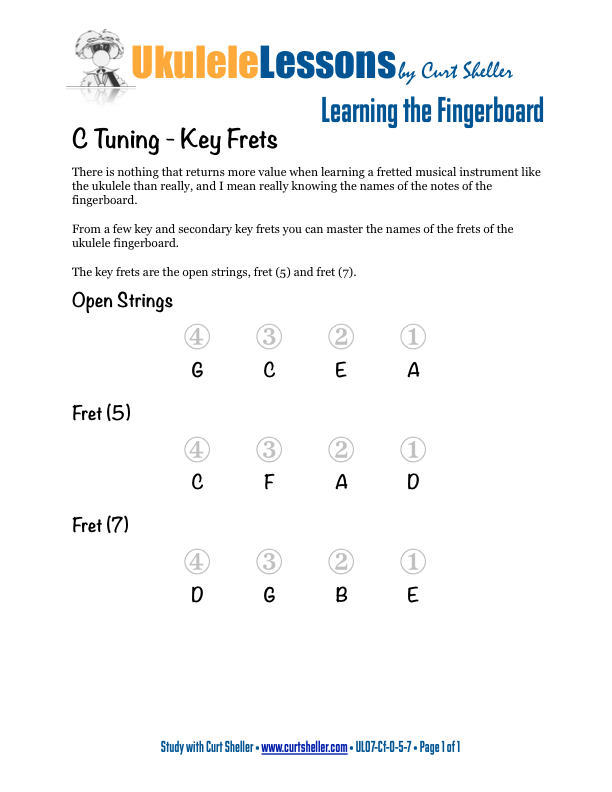
Primary Chords - E Major
The key of E major is one of the common keys that include C, G, D, A and E.
As we learned in week one’s lessons - the primary chords are the three major chords that are the main chords of the key. The primary chords create the tension and resolution in music that gives a chord progression emotion – a feeling of rest and resolution or consonance and dissonance.
Learn the E, A, B, and B7 open position chords. With these four chords you can play countless songs in the key of A major.
Recommended Lessons, Series & Resources
- LESSON: Key Signatures -E Major and C♯ Minor
- LESSON: Secondary Chords of E Major
- LESSON: Common Chord Progressions for the Key of E<
Using the Quarter Notes strum and focus on switching between E, A, B, and B7.




NOTE: Technically the B chord do not fit my description of an open position chord as it does no contain any open strings. However with the key of E being a common key, especially on guitar the B is needed as they it is a primary chord.
Ultimately any chord can go to any chord so practice all the following combinations:
- E to A
- E to B
- E to B7
- A to E
- A to B
- A to B7
- B to E
- B to A
- B to B7
- B7 to E
- B7 to A
- B7 to B
This will cover all possible connections. Practice switching at a SLOW tempo and slowly increase the tempo as you get comfortable with the chords.
Visualize the next chord while you are on the current chord.
Recommended Lessons, Series & Resources
- LESSON: Key Signatures - E Major and C♯ Minor
- LESSON: Three Chord Progressions
With these Three Chords you can play a lot of songs.
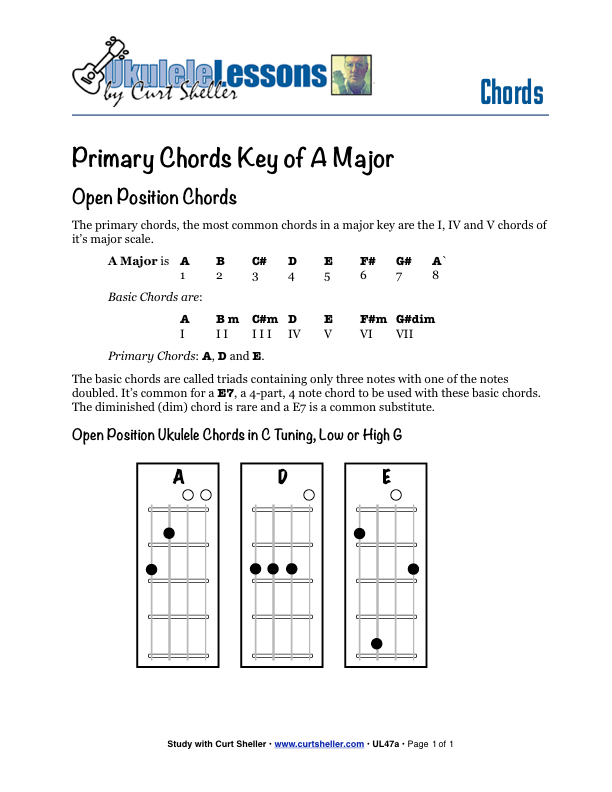
Common Progressions - Key of E
With the primary and secondary chords in the key of E.
Recommended Lessons, Series & Resources
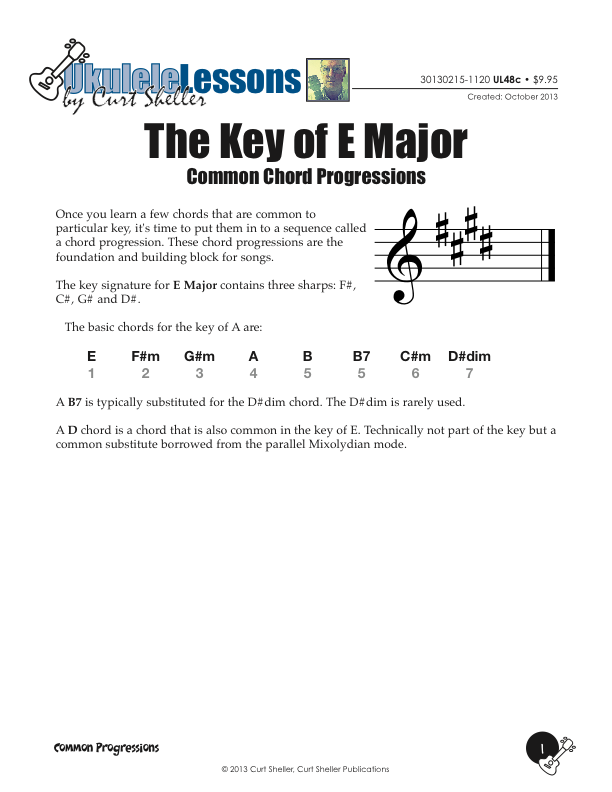
Additional Strumming Patterns
Sticking with the basic eighth core strum, here are another two, closely related and popular strumming patterns that can be added to your strumming vocabulary.
Unless a rhythmic pattern is strongly associated with a famous song or particular style it's hard to give it a descriptive name. So, the best way of naming it is by it's two Modular Phonetic Rhythm syllables ( see below lesson ).
Recommended Lessons, Series & Resources
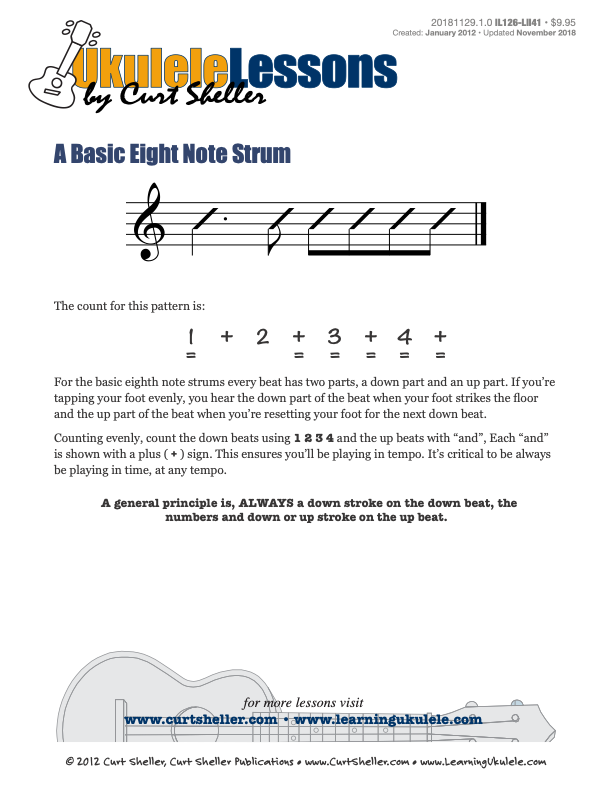
Modular Phonetic Rhythm
The Modular Phonetic Rhythm system represents a significant advance in the teaching and application of rhythm. Eliminating many inefficient aspects of rhythm education, Modular Phonetic Rhythm streamlines the traditional educational approach, resulting in a reflexive reaction to rhythm.
This system was developed by Chuck Anderson and forms the foundation for ALL things RHYTHM in the lessons available here.
Through the study of the Modular Phonetic Rhythm system you will can develop a larger vocabulary of stums. Review the introductory lesson on the system and then we'll dive right in it with he next weekly lesson.
Recommended Lessons, Series & Resources
- LESSON: Modular Phonetic Rhythm
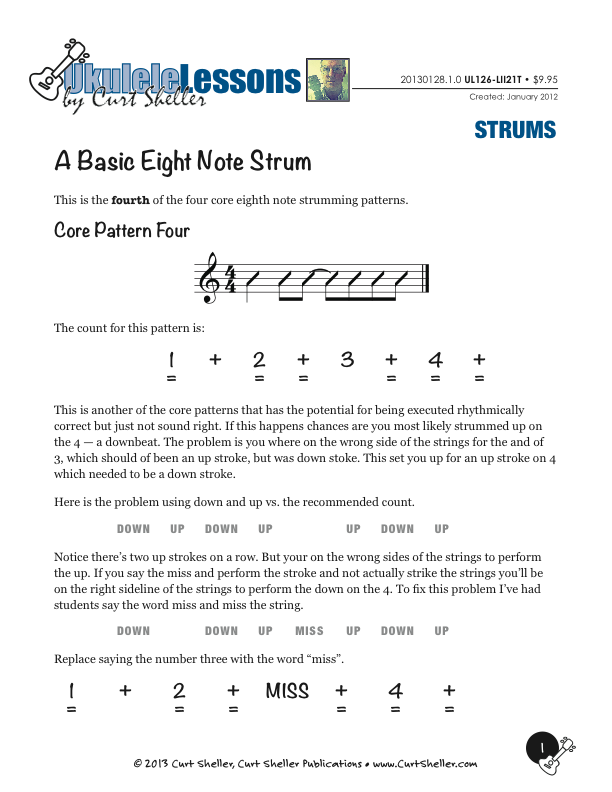
Enharmonic Equivalents
An Enharmonic Equivalent is where a musical pitch can have different names depending on the context in which it is functioning. An example is G# produces the same pitch as Ab.
Enharmonic equivalents will sound the same but are notated differently using standard music notation.
Recommended Lessons, Series & Resources
- LESSON: Enharmonic Equivalents
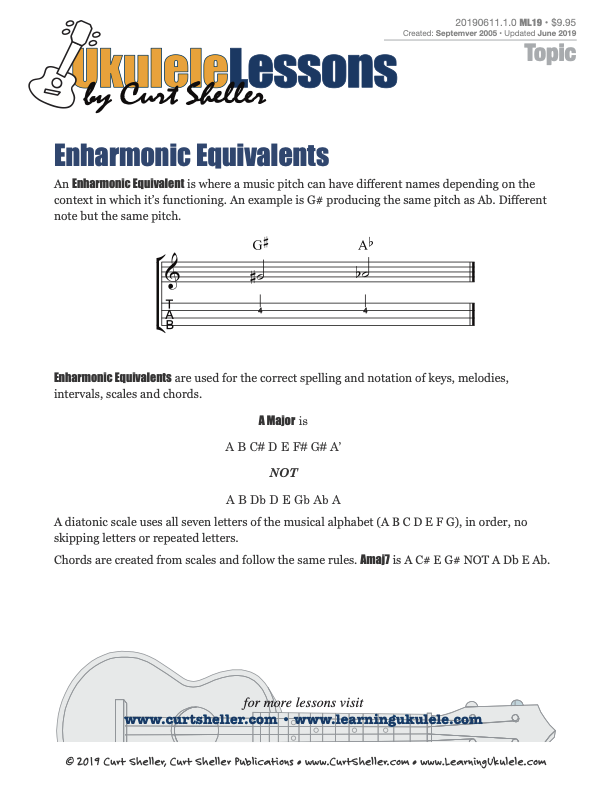
Sign-IN — it's FREE — to view, un-blur any additional content for this lesson.
End of Lesson - Thanks, Hope You Enjoyed It!
Related Lessons, Videos, Lesson Series, Songs, Books & Reference Charts, Resources & Assets, Workshops are below.
Related Lessons
Related Lessons for Getting Started with Ukulele - Lesson Seven
.

`Ukulele Strums - Core Pattern 4.1
Another one of the 72 possible strumming patterns based of the Modular Phonetic Rhythm systems level II rhythmic syllables. A dotted quarter note and one eight note to four eight notes. Basically one rhythmic rhythmic syllable from the Modular Phonetic Rhythm tied to another syllable from the system.

Modular Phonetic Rhythm
"Modular Phonetic Rhythm" by Chuck Anderson represents a significant advance in the teaching and application of rhythm. Eliminating many inefficient aspects of rhythm education, Modular Phonetic Rhythm streamlines the traditional educational approach, resulting in a reflexive reaction to rhythm. This approach is applicable to all ages and to all styles of music.
Related Lesson Series
Related Lessons Series for Getting Started with Ukulele - Lesson Seven
.
Related Books & Charts
Related Books for Getting Started with Ukulele - Lesson Seven
.

Learning the Ukulele Fingerboard - C Tuning
Updated: 18 Jan 2023
Finally, learn the names of the notes of the fingerboard. Learning the notes of your instrument allows you the flexibility of not having to remember so many shapes. There are simply way too many chords, scale and notes patterns, and shapes to remember. It all comes down the notes.
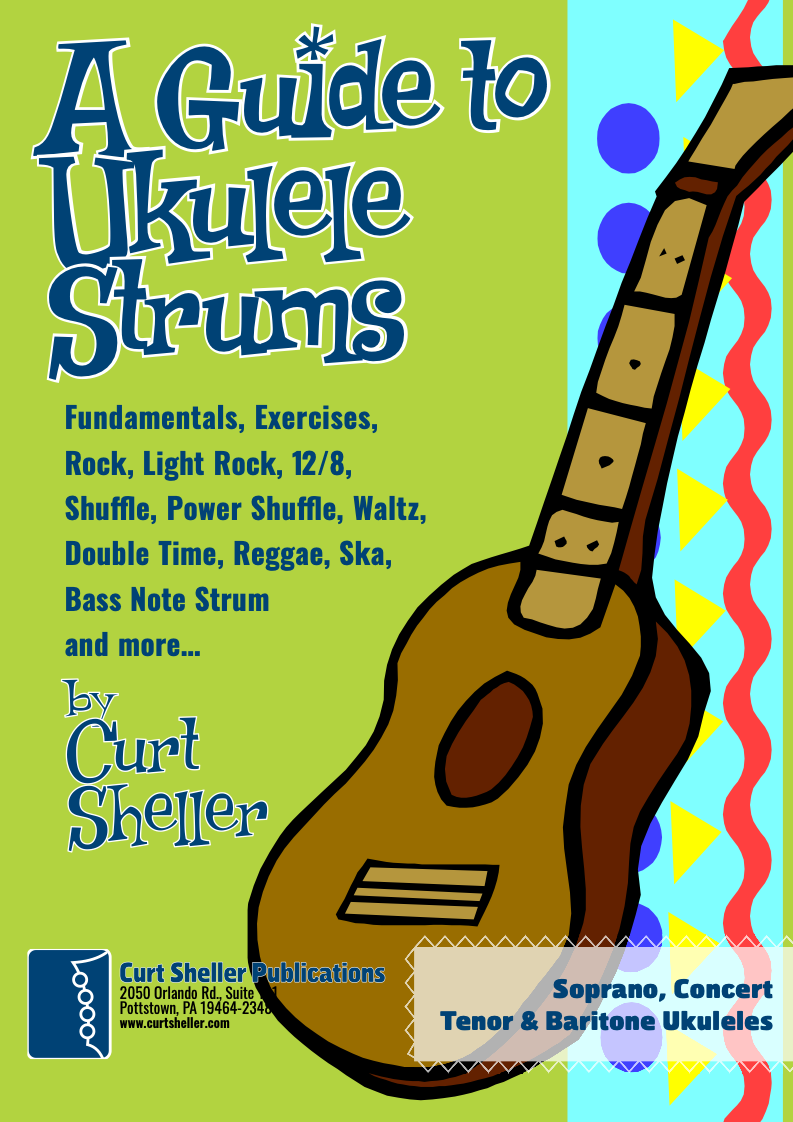
A Guide to Ukulele Strums
Updated: 26 Aug 2024
Learn a variety of strums and rhythmic patterns in wide range of musical styles. One of the first skills a ukulele player learns is the art and craft of strumming, playing rhythm. This refers to an accompaniment technique suitable for the singer, singer - songwriter or someone who plays a support role for another instrument.
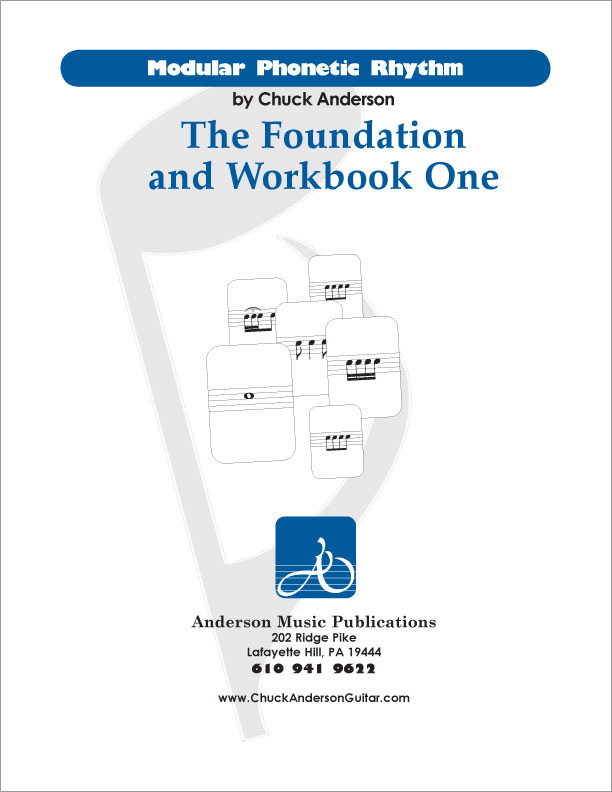
Modular Phonetic Rhythm, The Foundation and Workbook 1
Updated: 08 Dec 2021
Modular Phonetic Rhythm represents a significant advance in the teaching and application of rhythm. Eliminating many inefficient aspects of rhythm education, Modular Phonetic Rhythm streamlines the traditional educational approach, resulting in a reflexive reaction to rhythm.
A Selection of Books & Reference Charts that are recommended for creating a solid foundation with your chosen instrument and music in general.





Checkout the Books for additional Handy, Dandy Reference Charts.
Reference Charts



Key Signatures — Circle of Fourths and Fifths – ANSI A & A4 sizes
A handy reference chart of all 15 major and relative minor key signatures. US Letter 8.5 x 11 sized (ANSI-A), A4
Checkout the Books for additional Handy, Dandy Reference Charts.
Related Lesson Files, Resources and Assets
Related Assets for Getting Started with Ukulele - Lesson Seven
.
